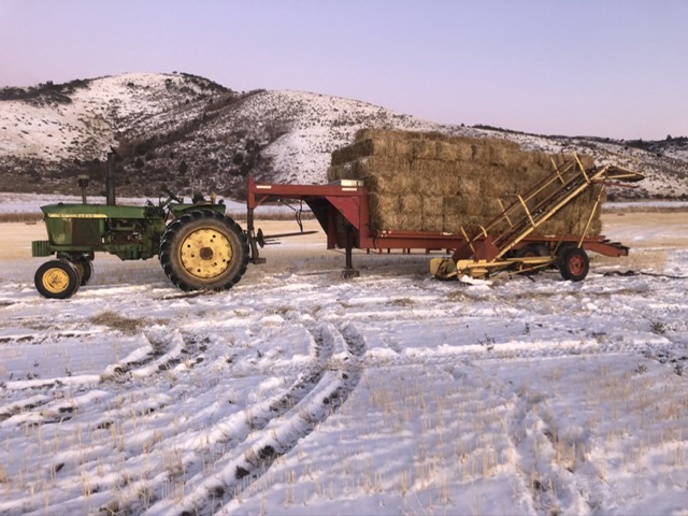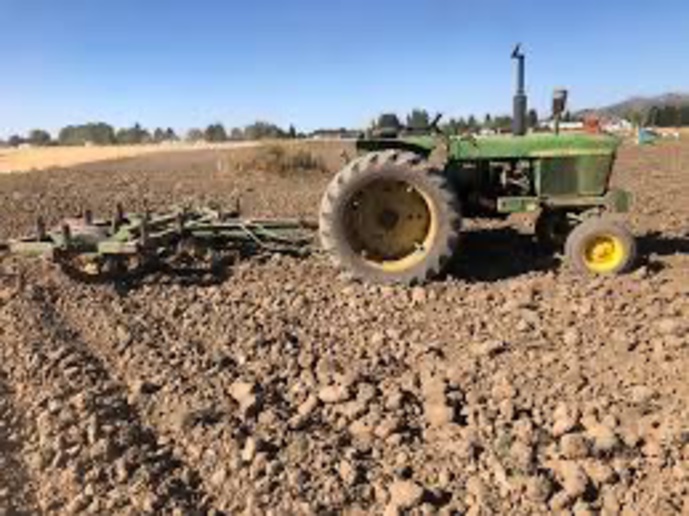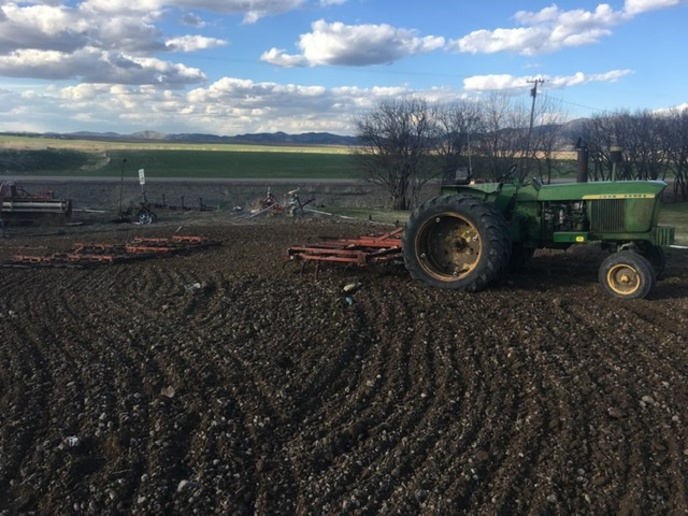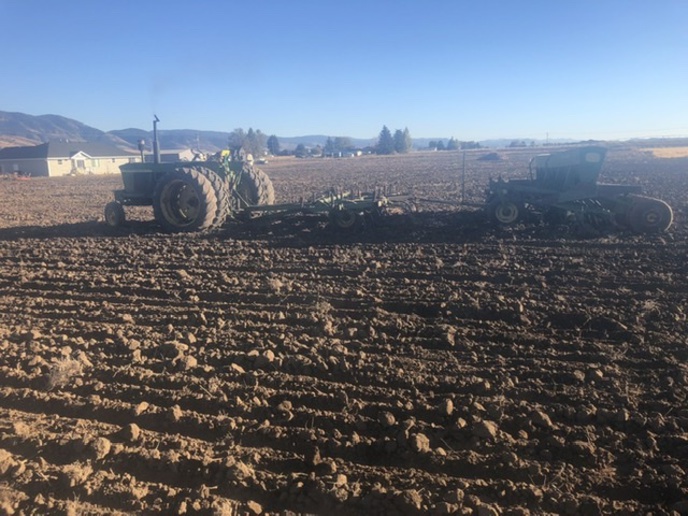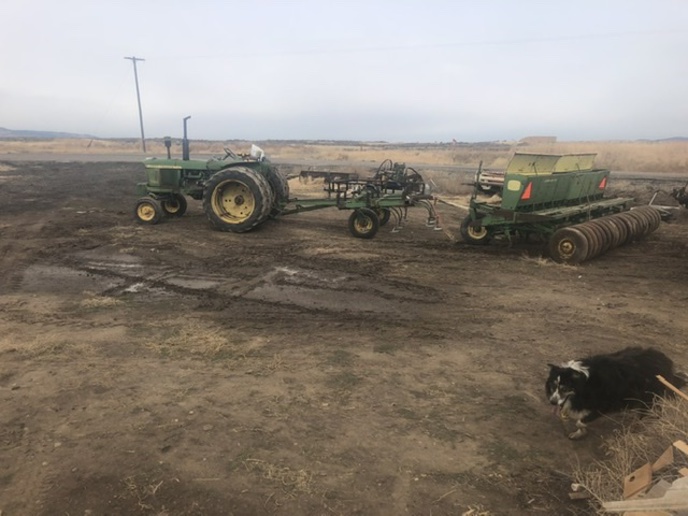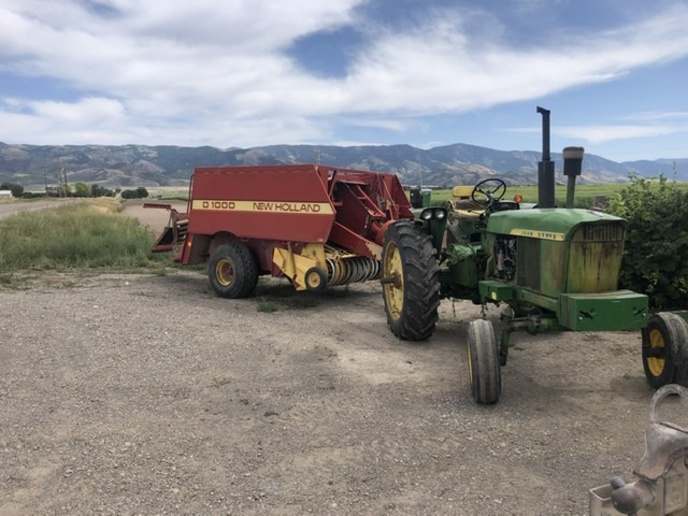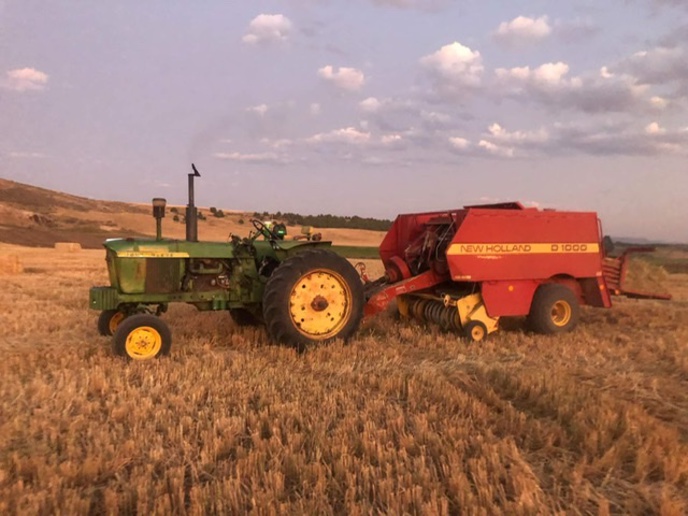(quoted from post at 22:37:06 04/25/20) I grew up having a utility tractor, JD LA, my dad sold that then, bought a Super A, then sold that later. I bought a JD 18HP lawn tractor, which was way more than either of my dads, have since upgraded it to a 27HP JD lawn tractor which is way more HP than either of my dad's.
Neither of my lawn tractors will pull like the LA or the super A, I might have to get one again.
I have the McCormick 47HP, but it is to heavy to use on the lawn all the time.
It is quite concerning to see so many people with such limited knowledge of basic physics. Plus having this perverse tendency to compare apples and oranges.
looking at the 27HP X720 2WD, ,X724 2WD AWS, X728 4WD & X729 4WD AWS. At 844lbs, 915lbs, 925lbs and 1134lbs. With 26X12-12 turf tires.
Vs
The L with 10HP and 1515lbs and 6.00-22 Chevron tires .
LA with 13HP and 2200lbs with 8.00-24 Chevron tires.
Well duh,,,,,,,,,,,,,,,,,,,,,,,which is going to output the other ???
Belt the L or LA to a 15Kw alternator and connect the X724 to a 15Kw pto generator .
Even the LA won't carry a 9.0Kw electrical without bogging rpms, loosing frequency and dropping voltage .
The X724 will be purring along at 9.0Kw at only 58% of capacity. With reserve for more load or starting electric motors.
I do hope that nobody needs to have it explained to them which tractor will output the other .


